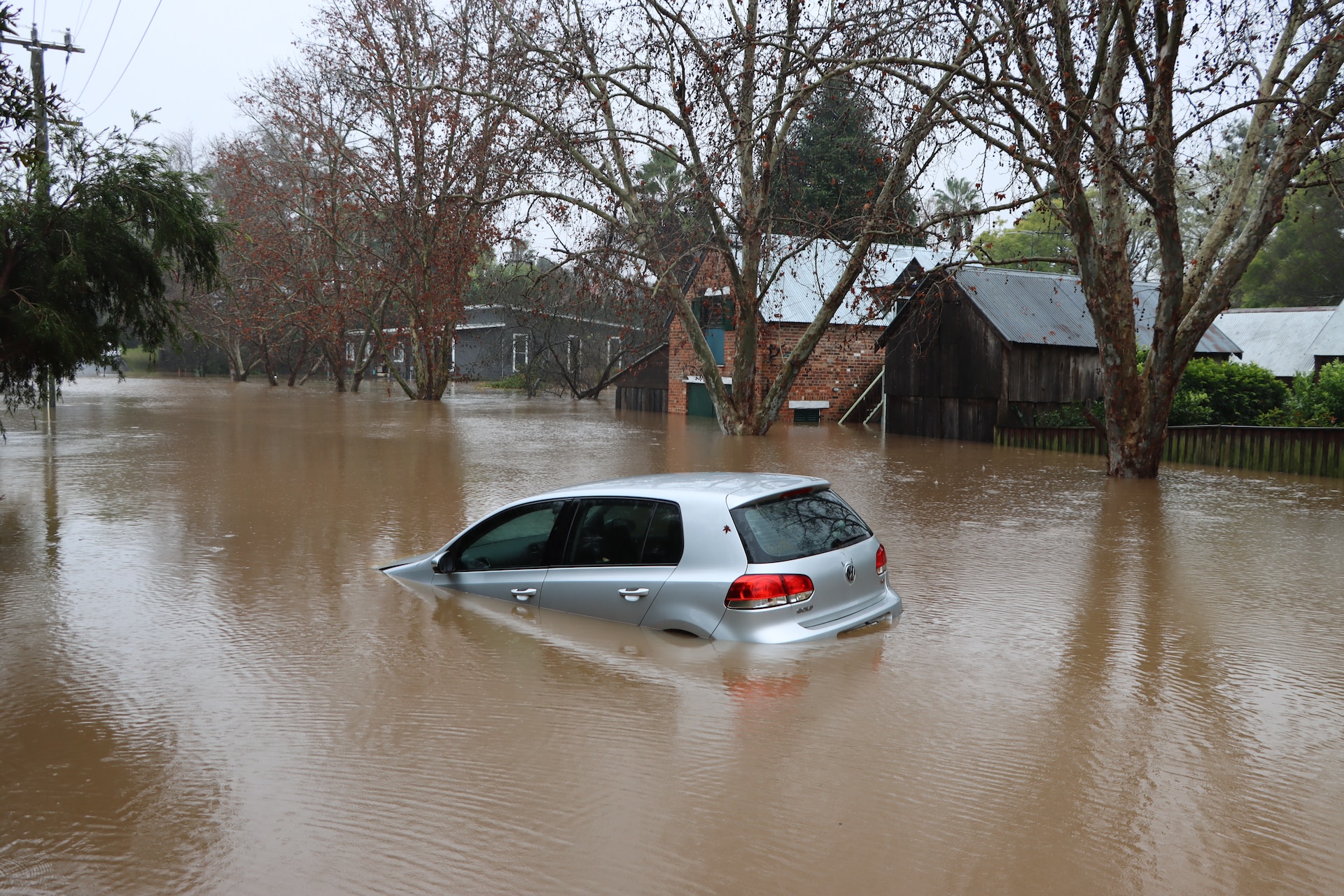In the United States, floods can happen anywhere. Whether it’s spring rains, winter snow, or melting ice, floods can cause water damage to your home. Flood insurance is available primarily through the National Flood Insurance Program (NFIP), but some private market insurers also offer coverage.
What is a flood?
Flooding is a natural weather event where water overflows onto land that is usually dry. It can happen during heavy rain, ocean waves, rapid melting of snow and ice, or when dams or levees break. Most floods happen slowly, but some can occur quickly and become dangerous in the blink of an eye. They can damage your property, leave behind hazardous debris, or contaminate groundwater and air with harmful chemicals and bacteria. The most common type of flooding is a river flood when a river overflows its banks. This is usually caused by more rainfall than average, which creates runoff that the river channel cannot carry. When a river overflows, it can sweep away everything in its path. This can include homes, businesses, farms, and even forests. Another common type of flood is called a flash flood. This type of flood happens when heavy rainfall combines with usual dry creeks or streams, causing them to overflow their banks and fill the area within minutes. Floods can cause loss of life, severe property damage, and disruption to transport. They can also overload sewers and contaminate water, causing disease.
How much coverage do I need?
The answer to how much flood insurance in New Jersey coverage you need depends on a few factors. The main one is where your home is located and whether the government or mortgage lender requires it.
If you’re in a high-risk zone, which the federal government designates as having a 25% chance of flooding within 30 years — the entire mortgage term — then you must buy flood insurance. The National Flood Insurance Program (NFIP) is available in all states and provides most policies. Still, private insurers can also offer supplemental flood insurance to fill the gap between the $250,000 limits imposed by the NFIP and your home’s replacement value. It would be best to work closely with an insurance professional to determine the coverage you need and the right type for your situation. They can help you calculate your property’s replacement cost or cash value and generate a quote. NFIP dwelling insurance covers your home’s structure and built-in appliances, such as kitchen sinks, toilets, and showers. It also includes up to $100,000 in contents coverage for your personal belongings, such as furniture and clothing. A separate commercial flood policy can cover your business’s building and up to $500k in contents.
How do I file a claim?
Floods are natural disasters that can happen anywhere and cause significant damage to your home. Just one inch of water can cost you up to $25,000 in property damage, so knowing your insurance options and getting adequate flood coverage is essential. When you have a loss, your first step is to file your claim with your insurance provider as soon as possible. This will ensure you receive timely and fair compensation for your losses.
Your insurance company will need to have detailed information about your flood loss. This includes an inventory of your belongings and damages. You’ll also need to provide a Proof of Loss form and any supporting documents or data your adjuster asks for. The adjuster will review your claim and may give you an estimate of how much it will cost to repair or replace your flood-damaged property. Once the insurance company is satisfied with the assessment, they’ll send you a check for the amount of your claim. After receiving the check, complete your Proof of Loss form and submit it to the NFIP within 60 days. You’ll want to ensure the form is complete, accurate, and filed promptly. If you suspect a flood loss, start the claims process as early as possible so you can receive reimbursement quickly and affordably. NFIP policyholders who have evacuated should begin the claims process as soon as they suspect flooding damage, even if they don’t plan to return to their property until local officials say it is safe.
What is the NFIP?
The National Flood Insurance Program (NFIP) is an insurance market created by the federal government to help protect the nation from the threat of flooding. It is a partnership between the government, the property and casualty insurance industry, states, local officials, lending institutions, and property owners. The NFIP is based on a formula that considers the risk of flooding in communities. It uses data from historical flooding, topography, wind velocity, tidal surge, flood control measures, community maps, and other information to determine a community’s flood risk. Whenever a mortgage is completed in a community participating in the NFIP, a lender reviews the current NFIP maps for the area to determine if a building is within an SFHA and notifies the borrower of the requirement to purchase flood insurance before closing the loan. The lender may also buy it as a condition of the sale of a loan on the secondary market or to comply with a change in community flood maps. Most of the NFIP is devoted to floodplain management and mitigation requirements. These include requiring “substantially damaged” buildings to be relocated or elevated if they receive claims worth half of their replacement value and funding projects to mitigate the risk of future flooding.

